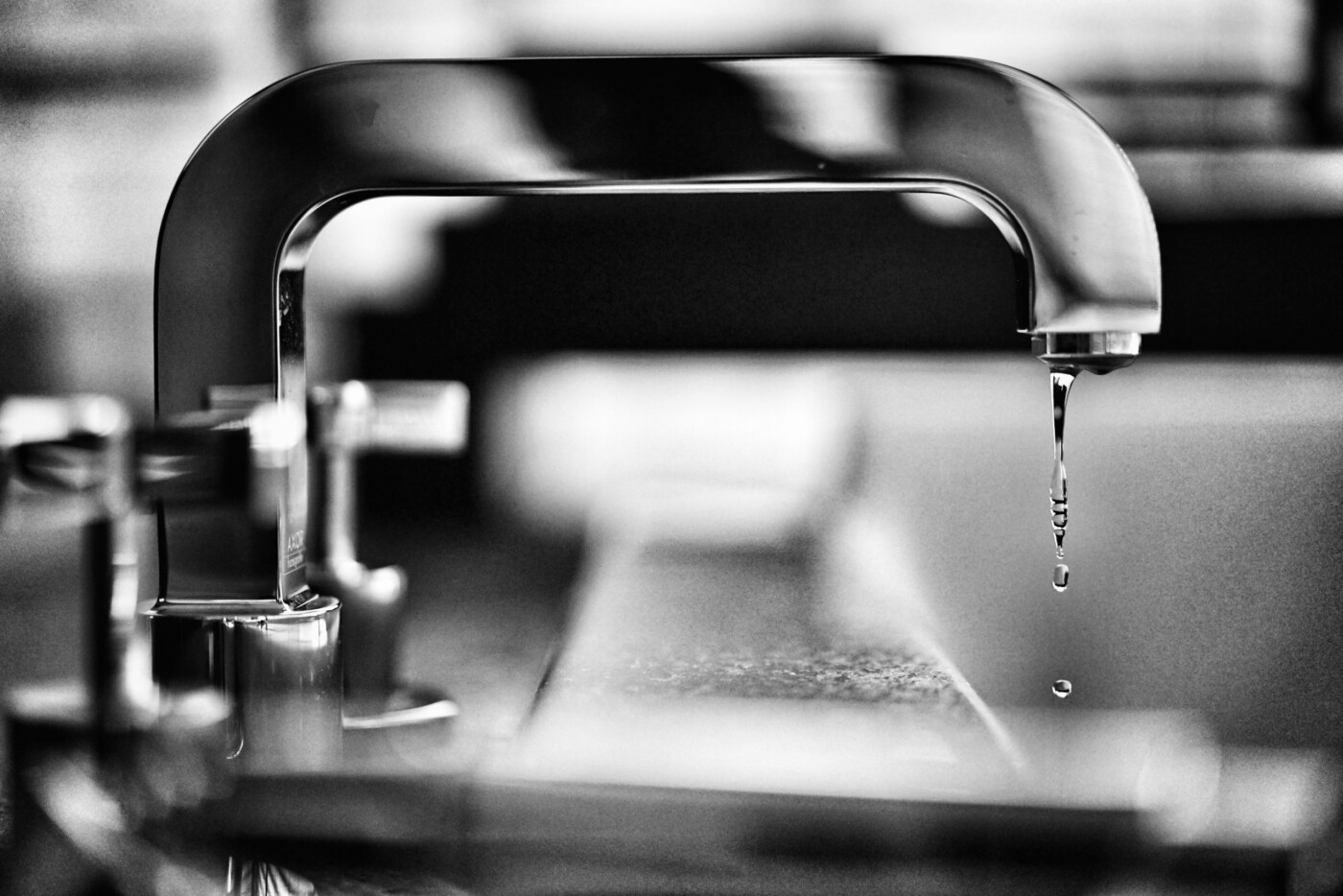EMBUD’s Director of Water and Natural Resources Mike Tognolini says “California’s history can be told from the perspective of water.”
“That story is always evolving,” Tognolini said last week, during a virtual chat with the public, hosted by Local News Matters. “There are many interesting stories to be told about innovation in the water industry, water efficiency, competing uses, etc.”
“But to me, I think what has been interesting for me is to watch the shift in how problems are solved.”
Water managers all over California will be dealing with problems this year. The recent rainy season was the state’s driest in many areas since “Saturday Night Fever” was in theaters.
EBMUD declared a stage 1 drought in late April, meaning customers in Contra Costa and Alameda counties are being asked to cut water use by 10 percent, for now.
Tognolini and Andrew Lee, EBMUD’s head of customer service, said the state’s tap won’t go dry anytime soon. But there is plenty of concern over what Californians should be doing right now.
Lee said only run full loads in dish and clothes washers, scrape leftover food in the trash instead of rinsing dishes and turn off faucets when not necessary. Shorten those showers and skip the baths. Check for leaks, especially in toilet “flappers” where you won’t hear the leak.
Outdoors, Lee suggested using native plants instead of lawns (California plants understand drought survival). Use smart irrigation devices that use water based on daily climate conditions, and make sure they are programmed correctly.
Water late at night and early in the morning to reduce evaporation, which is why you should also cover your pool when not in use. Check for leaks outside, as well. Sweep your driveway instead of using the hose. Go to car washes where they recycle water.
What businesses can do
Businesses are already trying to recover from the pandemic. Lee says EBMUD doesn’t want to discourage anyone from using water; they just want them to use water “with purpose.”
“For restaurants, only serve water for dining upon request, wash only full loads of dishes, do not defrost foods with running water,” Lee said. “For coin-operated laundromats, they can consider upgrading to high-efficiency machines (EBMUD has a great incentive program for this).”
“As we return to work in the office buildings, create a way for workers to report leaks and remind staff to use water efficiently. For large industrial and institutional customers, they can always work with water conservation staff to develop a water budget that meets the needs of their operation.”
Part of EBMUD’s strategy involved buying water from other agencies, when necessary. Most of the district’s water supply comes from Sierra snowmelt above the Mokelumne River.
Through April 18, “Mokelumne precipitation” was at 54 percent of average, according to a report last month, which also said East Bay precipitation was at 33 percent of normal. Statewide, rainfall numbers are at 34 percent of normal.
Looking outside for water
The district has started the process of buying supplemental water from the U.S. Bureau of Reclamation’s Central Valley Project, as well as tapping Sacramento River water through the Freeport Regional Water Project, which it has done during previous droughts, though not as early as this year.
Tognolini said shifting water around won’t affect its quality.
“Water delivered by EBMUD during droughts is safe, just like it is at other times,” he said. “Sometimes, customers may think their water tastes different. That’s because, during droughts, we have to use other sources of supply, so if you are used to one water taste, you may notice. But again, the water is safe.”
Since California’s water supply is nearing record low levels, there is a chance the situation will get worse. Lee said the district is prepared.
“EBMUD has a solid drought management plan in place to help us get through even the worst conditions,” Lee said. “From the perspective of conservation, customers will be asked do more to help if the condition worsens. In case we get to a stage 2 drought, customers will be asked to ramp up our voluntary conservation goal to 15 percent. If we get to a stage 3 drought, the 15 percent reduction goal will become mandatory. The mandatory conservation goal will extend beyond 15 percent if there is a stage 4 drought.”
The transcript of the recent Q&A with EBMUD experts can be found on the LocalNews Matters website.
EBMUD offers more water conservation tips and rebate opportunities on its website.
